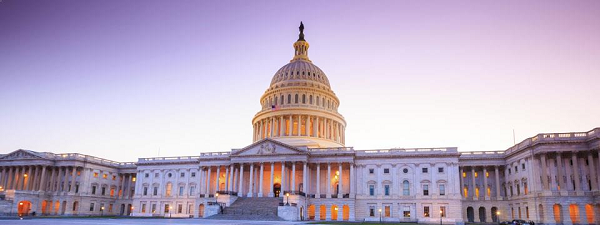 In my first week as an immigration lawyer, 286 Chinese migrants waded ashore in Queens, and a significant number were detained at a county prison near me in York, Pennsylvania. In 1993, there was no significant infrastructure for handling those hundreds of cases in the Northeast – no detention facilities to hold them, government lawyers to prosecute them, judges to decide their cases, or immigration lawyers in York to volunteer to represent them. Everyone involved with the process felt overwhelmed, and many expressed the fear that thousands more Chinese migrants would undertake the dangerous ocean journey if the Golden Venture passengers were granted the ability to stay in the United States.
In my first week as an immigration lawyer, 286 Chinese migrants waded ashore in Queens, and a significant number were detained at a county prison near me in York, Pennsylvania. In 1993, there was no significant infrastructure for handling those hundreds of cases in the Northeast – no detention facilities to hold them, government lawyers to prosecute them, judges to decide their cases, or immigration lawyers in York to volunteer to represent them. Everyone involved with the process felt overwhelmed, and many expressed the fear that thousands more Chinese migrants would undertake the dangerous ocean journey if the Golden Venture passengers were granted the ability to stay in the United States.
In spite of feeling overwhelmed, the government provided the resources to detain these migrants and to process their applications for relief. The community rallied to help reunite the children among the migrants with their families, or to find foster homes for them if they had none; to train lawyers in asylum law and other humanitarian forms of relief, and to find volunteers to visit the detainees and help them communicate with their families. The answer to the influx, ultimately, was improved economic growth in China that provided employment opportunities in the country to prospective migrants, which lessened the demand for migration from China to the United States.
On our southern border today, everyone is feeling overwhelmed by a humanitarian crisis: the detention of 200-250 child migrants each day along the US border with Mexico. These children are unaccompanied by parents or relatives – while some are coming to try and reunite with relatives in the United States, many more are simply fleeing intolerable conditions in their home countries. The majority of these children come from three countries: Honduras, Guatemala and El Salvador. In these three countries, murder rates have skyrocketed in the past five years – Honduras has the highest murder rate in the world – and other forms of criminal violence have also risen. Children interviewed by the United Nations High Commissioner for Refugees (UNHCR) have reported fleeing forced recruitment into gangs, much as “child soldiers” were recruited in African civil wars over the past decade.
While some elected leaders opposed to comprehensive immigration reform are claiming that children are coming to the United States because they believe they will be eligible for some form of legal status, that claim flies in the face of the fact that the U.S. is not the only country receiving displaced children and other individuals fleeing from these countries. UNHCR reports that since 2009, the number of asylum applications from citizens of El Salvador, Guatemala and Honduras received by the surrounding countries of Belize, Nicaragua, Costa Rica, Panama and Mexico combined has increased by 712 percent.
What is to be done with these children? As the United States has done in response to each of the large migration flows caused by political turmoil or natural disaster in the last twenty years – from the Cubans fleeing to Florida by boat in the mid-1990s to the survivors of the earthquake in Haiti – the children have been detained for removal proceedings in which it will be determined by a judge as to whether they have any claim to be able to stay in the United States. They will be detained unless or until they can be reunited with a family member, either inside the United States or in their home country. If they are reunited with a family member in the U.S., they will remain in removal proceedings until a judge decides their fate. While the number of these children has risen in the past year, the administration has already been making plans to deal with it – witness their budget request for additional funding to detain and process these children, which demonstrates their planning for the eventuality that rates of arrival may continue to climb.
As many commentators have noted, however, the answer to the bigger question of how to prevent these children from coming to the United States does not lie at the US-Mexico border. Rather, the United States must continue to engage with the governments in El Salvador, Honduras and Guatemala to build capacity for dealing with the violent criminals who are causing the conditions these children are fleeing. Just as disaster aid to Haiti and a migration agreement with Cuba reduced the number of illegal migrant from those countries, the best answer to this newest wave of migrants will be assistance to the countries from which they are fleeing.
Solving the migration problem from those countries cannot happen overnight – and in the meantime, the United States must continue to treat these children humanely, to reunite them with families wherever they may be, and to grant them asylum if they are eligible for it. If they are found to have no relief from deportation, they should be returned to their home country in as humane and safe a way as possible. These children have already been traumatized at the hands of criminals – the U.S. immigration system should not traumatize them further.
Written by Bill Stock, AILA First Vice President






